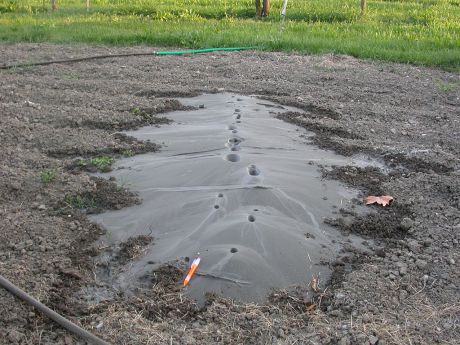How silt influences soil liquefaction

Coseismic_liquefaction
By WarriorsLuke (Own work) [CC BY-SA 3.0 (http://creativecommons.org/licenses/by-sa/3.0)], via Wikimedia Commons
Research engineers are investigating the role played by tiny grains of sand like particles (known as silt) in the liquefaction of soils. There have been many cases of soil liquefaction around the globe following earthquakes, resulting in serious loss of life and significant damage to buildings and infrastructure.
Soil liquefaction refers to the process whereby the strength and
stiffness of a soil is reduced by an earthquake or other sudden change
in stress. By undermining the foundations of buildings and other forms
of infrastructure, liquefaction can cause enormous damage – as witnessed
in the 2011 Christchurch earthquake in New Zealand, for example.
The aim of the LIQUEFCTN SILTYSANDS (Influence of silt characteristics on liquefaction behavior of silty sands) project is to investigate the effect that silt-size soil grains have on the liquefaction behaviour of sandy soils.
This is important because of cases throughout the world of liquefaction involving silty sands following earthquakes. However, liquefaction can also occur under static loading conditions such as those found in mine tailings, spoil heaps, embankments, levees and earth dams, where sand and silty sand exist.
LIQUEFCTN SILTYSANDS has three main objectives, the first being to investigate the effect of silt on liquefaction of silty sands under static loading conditions. The second objective is to investigate the effect of silt grains on liquefaction behaviour of silty sands under dynamic loading conditions, such as seismic loading during earthquakes.
These first two objectives are being investigated through monotonic and cyclic compression tests on different silty sands. The final objective is to draw up recommendations for geotechnical engineering research and practitioners involved in the evaluation of liquefaction.
Preliminary results reveal that the availability of silt-size grains (smaller than 0.0075 mm) in sand increases its liquefaction potential. Furthermore, the liquefaction potential is increased by a range of factors, including the size and gradation of the silt fraction within the dominating sand matrix.
Results from LIQUEFCTN SILTYSANDS will clarify what factors increase, decrease or otherwise influence the liquefaction potential of sands. They will also show what kinds of corrections and modifications are required for current evaluation procedures, thereby helping to protect citizens from the effects of earthquakes.
published: 2016-01-28

